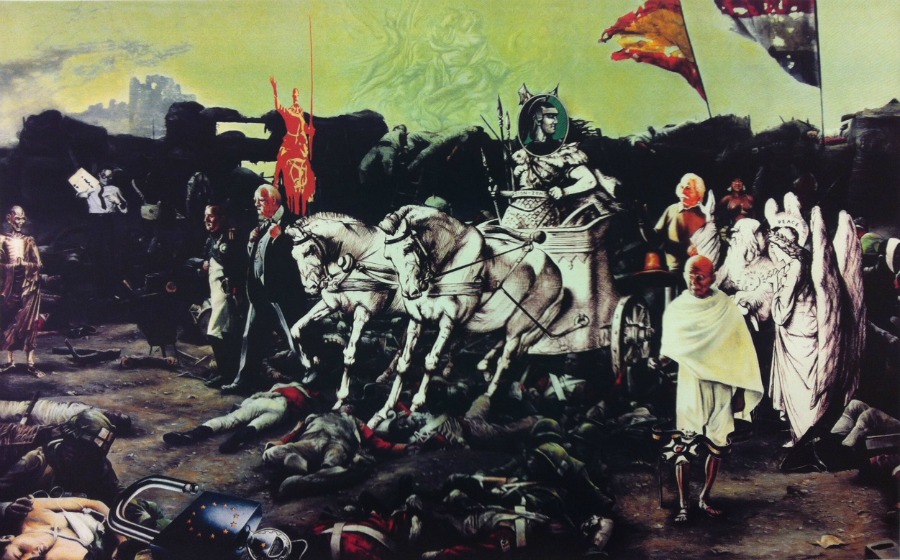The Quest for Certainty in the Age of Aesthetics
DOI:
https://doi.org/10.58519/aesthinv.v1i2.11992Keywords:
aesthetic certainty, cassical aesthetics, intuitive understanding, Eckart Förster, Ernst Cassirer, Quest for Certainty, Age of AestheticsAbstract
In this paper I suggest conceiving the "Age of Aesthetics" and its theoretic attempts form Baumgarten to Hegel and from Lessing to Schiller as a quest for certainty within the utterly uncertain field of the sensuous. Though this quest may not be an exclusive trait of that age, I claim it is essential for understanding the driving forces of classical aesthetics. Drawing largely from Ernst Cassirer's reconstructions, I also try to link my conseption of the Age of Aesthetics to the recently discussed problem of intuitve understanding as articulated by Eckart Förster. Finally, I am giving a speculative outlook on the notion of "aesthetic certainty".Downloads
Downloads
Published
Issue
Section
License

This work is licensed under a Creative Commons Attribution 4.0 International License.
Authors who publish with this journal agree to the following terms:
Authors retain copyright and grant the journal right of first publication with the work simultaneously licensed under a Creative Commons Attribution License that allows others to share the work with an acknowledgement of the work's authorship and initial publication in this journal. Note: up to volume 4 issue 1, an incorrect copyright line appears in the PDFs of the articles.
Authors are able to enter into separate, additional contractual arrangements for the non-exclusive distribution of the journal's published version of the work (e.g., post it to an institutional repository or publish it in a book), with an acknowledgement of its initial publication in this journal.
Authors are permitted and encouraged to post their work online (e.g., in institutional repositories or on their website) prior to and during the submission process, as it can lead to productive exchanges, as well as earlier and greater citation of published work (See The Effect of Open Access).






